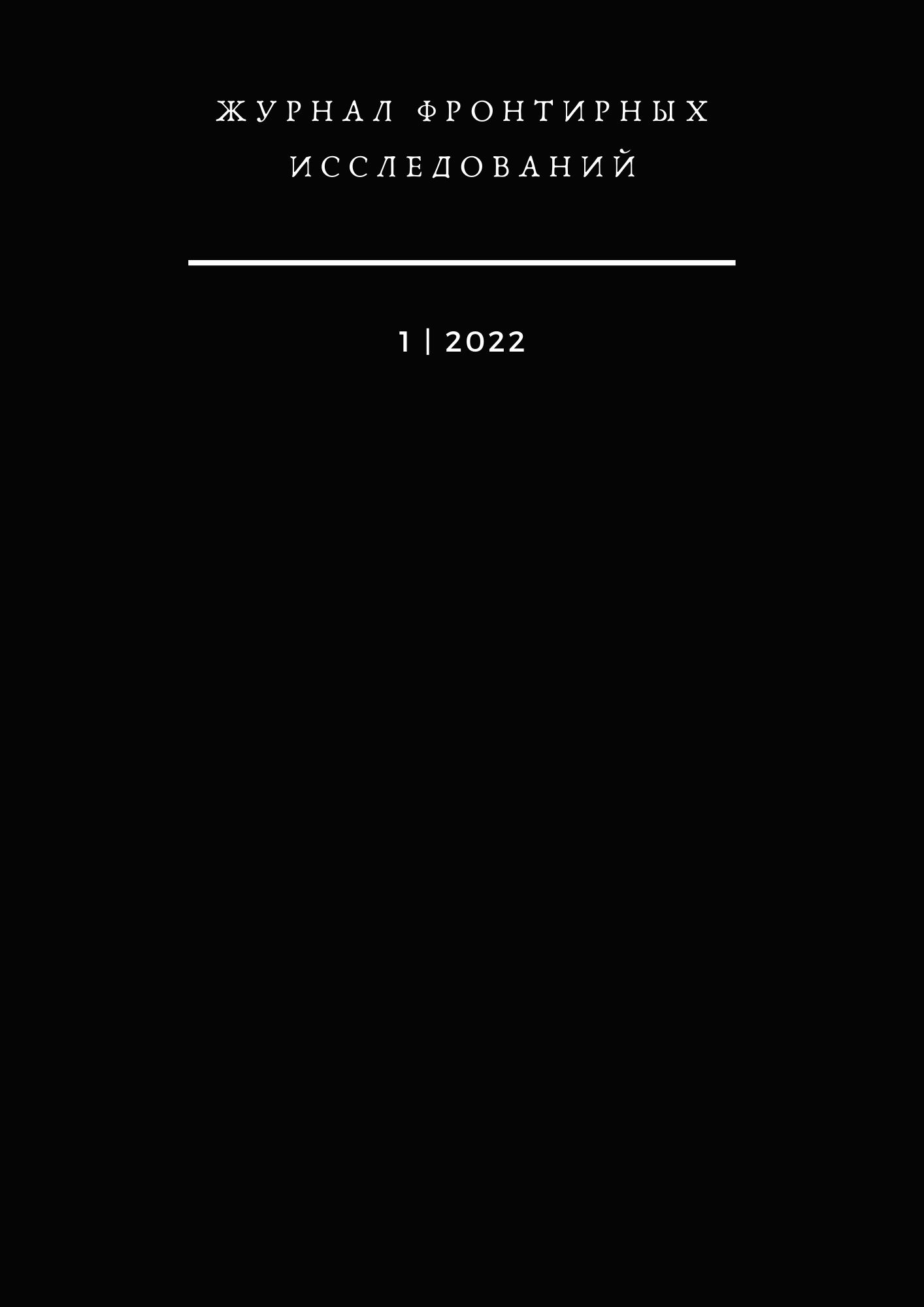Abstract
The Polish movement of national liberation is one of the characteristic features of the history of the Russian Empire in the nineteenth century. Tsarism reacted harshly to the uprising in Poland in 1830–1831 and the January Uprising of 1863–64. Plenty of participants were exiled under police supervision to the inner provinces of European Russia and Siberia. Correspondence became the main channel of communication for the exiles and their loved ones. Additional rules were developed at the end of 1863 in order to strengthen control over the exiled Poles, which included perlustration of postal and telegraphic correspondence by the provincial and county authorities. The purpose of the study is to analyze the extracts and copies of the letters of Polish exiles which are preserved in the State Archive of the Novgorod region and deal with the Siberian theme. The detected documents contain information that makes it possible to reconstruct certain aspects of the daily life of Poles on the way to the exile location and in the new place of their residence, to describe the moods of the exiles and their attitudes towards the events of national and local significance as well as to present individual plots of family history. The article is intended for those interested in genealogy, the history of Polonia in Russia, perlustration in the Russian Empire and the daily life of exiles.
References
Alekseeva, M. A. (2013). Everyday life of Polish political exiles in Novgorod Province in the second half of the 19th century. In B. N. Kovalev (Ed.), On the 150th anniversary of the January Uprising in Poland: Polish Exiles in Novgorod Province. Proceedings of an international scientific conference (pp. 84–90). Veliky Novgorod. (In Russian).
Arakelyan, M. A. (2007). Perlustration as a method of political surveillance in the late 19th and early 20th centuries. Bulletin of Saratov State Social and Economic University, 5, 127–130. (In Russian).
Bodunova, O. G. (2014). Perlustration in police work to solve terrorist crimes in the second half of the 19th century. Russian investigator, 12, 53–56. (In Russian).
Complete Collection of Laws of the Russian Empire. Edition II. Vol. 1. No 313. (n. d.). (In Russian).
Daly, J. W. (1998). Autocracy under siege: Security police and opposition in Russia, 1866-1905. Northern Illinois University Press.
Goncharova, E. A. (2008). The system of perlustration in Russia in the late 19th-early 20th century. History Issues, 1, 96–102. (In Russian).
Gorbacheva, I. M. (2015). Perlustration as a method of political police struggle against revolutionary movement in the second half of the 19th century. Economic and social-humanitarian studies, 1, 105–109. (In Russian).
Keklis, A. Y. (2009). Legislative regulation of perlustration in the Russian Empire of the 19th – early 20th centuries. History of the State and Law, 4, 23–25. (In Russian).
Kovalev, B. N. (2013). Archbishop Theophilus of Płock and Warsaw Vincent Popiel: Seven Years of Exile in Novgorod in Perlustrated Correspondence and Gendarme Documents. In B. N. Kovalev (Ed.), On the 150th anniversary of the January Uprising in Poland: Polish Exiles in Novgorod Province. Proceedings of an international scientific conference (pp. 44–54). Veliky Novgorod. (In Russian).
Lauchlan, I. (2002). Russian Hide-and-Seek: The tsarist secret police in St Petersburg, 1906-1914. Suomalaisen Kirjallisuuden Seura - Finnish Literature Society.
Lubichankovsky, S. V. (2009). Society and Power in Russia in the Early Twentieth Century (Based on the Materials of Perlusion). Bulletin of the Nizhnevartovsk State Humanitarian University, 2, 65–70. (In Russian).
Putrova, E. A. (2017). Correspondence Perlusion as a Way of Political Surveillance in the Second Half of the 19th Century (Case Study of Smolensk Province). In Slavic World: Writing, Culture, History. Materials of the scientific-practical conference (pp. 106–111). Smolensk State Institute of Arts. (In Russian).
Russian State Historical Archive (RSHA). (1863). F. 1282. In. 1. C. 129. (In Russian).
Russian State Historical Archive (RSHA). (1866). F. 1286. In. 27. C. 1101. (In Russian).
Schleifman, N. (1988). Undercover agents in the Russian revolutionary movement: The SR party, 1902‑1914. St. Martin’s Press.
Sinko, G. I., & Shaidurov, V. N. (2021). State Policy Towards the Participants of the Polish Uprising of 1863−1864: The Novgorod Exile of the Catholic Bishop Vikenty Theophil Popel. Bylye Gody, 16(1). https://doi.org/10.13187/bg.2021.1.262
Stanton, M. D. (1992). The Time Line and the “Why Now?” Question: A Technique and Rationale for Therapy, Training, Organizational Consultation and Research. Journal of Marital and Family Therapy, 18(4), 331–343. https://doi.org/10.1111/j.1752-0606.1992.tb00947.x
State Archive of the Novgorod Region (SANR). (1863-1864). F. 138. In. 1. C. 2286.
State Archive of the Novgorod Region (SANR). (1865). F. 138. In. 1. C. 2360. (In Russian).
State Archive of the Novgorod Region (SANR). (1866-1867). F. 138. In. 1. C. 2478. (In Russian).
State Archive of the Novgorod Region (SANR). (1868). F. 138. In. 1. C. 2506. (In Russian).
State Archive of the Novgorod Region (SANR). (1870-1871). F. 138. In. 1. C. 2594. (In Russian).
State Archive of the Novgorod Region (SANR). (1871). F. 138. In. 1. C. 2627. (In Russian).
State Archive of Tomsk Oblast (SATO). (1865-1866). F. 3. In. 54. C. 536. (In Russian).
State Archive of Tomsk Oblast (SATO). (1865). F. 3. In. 2. C. 1041. (In Russian).
Zukerman, F. (1996). The Tsarist Secret Police in Russia Society, 1880-1917. New York.

This work is licensed under a Creative Commons Attribution 4.0 International License.

